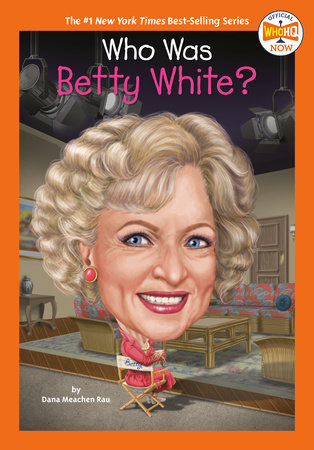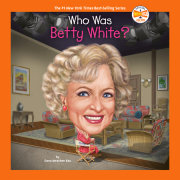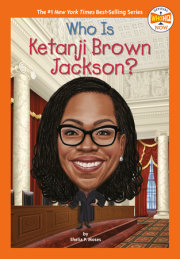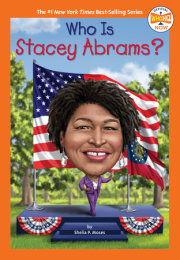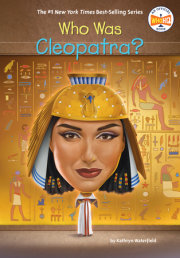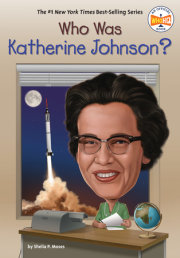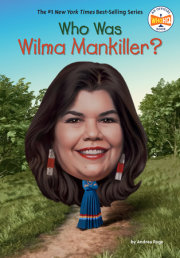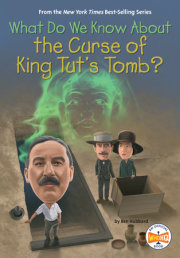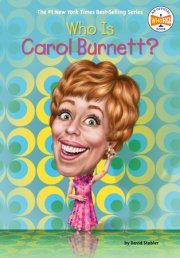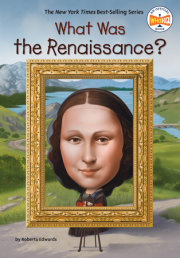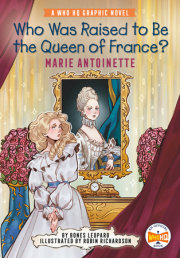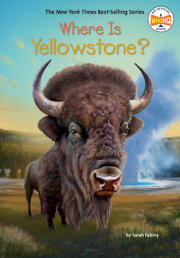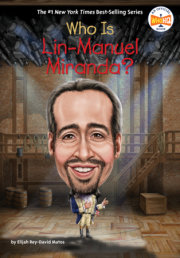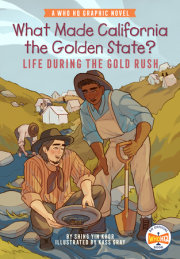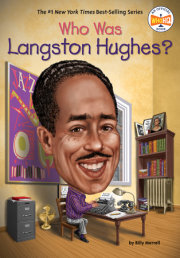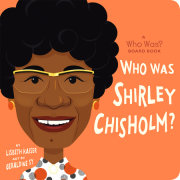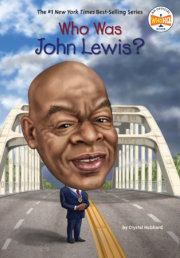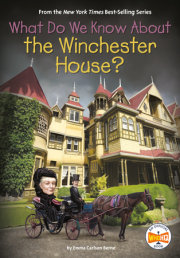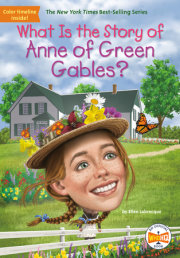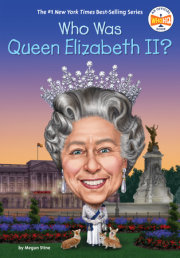Who Was Betty White? On May 8, 2010, Betty White opened a backstage door and stepped onto the set of
Saturday Night Live. This popular weekly show had been on television for thirty-five years.
It featured famous celebrities performing funny skits in front of a live studio audience. As Betty stood under the stage lights, the audience went wild. She smiled at their applause. At age eighty-eight, she was the oldest person to ever host the show.
She had plenty of experience in front of audiences. She had performed on radio, television, stage, and in the movies. She had been on game shows, variety shows, talk shows, comedies, dramas, and soap operas. She was even a television producer at a time when that was a very rare role for women.
During the opening of the show that night, Betty made jokes about her age, and she thanked her fans. Earlier in the year, many of them joined in on a social media campaign called “Betty White to Host SNL (please?)!” More than five hundred thousand people signed a petition to urge the producers to invite her onto the show. They listened and booked her for the Mother’s Day episode, also inviting many other famous female comedians to perform in skits with her.
Wearing a sparkly outfit and her bright, beautiful smile, Betty said, “I feel so loved. Thank you.” She was not only speaking to the audience in the studio but to everyone watching on television at home. She did not disappoint her fans. Her talent, charm, and silliness on
Saturday Night Live won her an Emmy Award for Outstanding Guest Actress in a Comedy Series, which was just one of many Emmys she had won. And at eighty-eight, her career—which began in the 1940s—was still going strong. She continued performing for the rest of her life.
She didn’t just work hard in show business. She also supported people of color, the LGBTQIA+ community, and people with disabilities. And she loved animals. She spent lots of time and money for their care and protection.
Betty spread kindness and laughter throughout her extraordinary life.
Chapter 1: Showbiz Fever Betty White was born on January 17, 1922, in Oak Park, Illinois. When she was a toddler, she and her parents, Horace and Tess, moved to the Los Angeles area of California. The three of them had lots of fun together. They loved telling jokes and playing silly games. They also loved animals and had many pets. The family didn’t have much money. Her father made radios and sold them. Sometimes, instead of money, he traded the radios for dogs! They had to build a kennel in the backyard to hold them all.
Vacations were Betty’s favorite family time. Every summer, they headed to the High Sierra Mountains or Yellowstone National Park.
They rode horses into the wilderness and camped for weeks. She was fascinated by all animals, big and small, and decided to be a forest ranger when she grew up. But, at the time, only men could become rangers.
In school, she wrote stories. She even wrote a play and made herself the lead. She also had a small part in a radio program. Betty caught “showbiz fever!” When she graduated from Beverly Hills High School in 1939, she looked for a job in show business.
Since she was a good singer, Betty was invited to participate in a television experiment. The broadcast didn’t travel very far, however. The camera and actors performed on the sixth floor of the building, and the broadcast only went down to the first. But she had danced and sang on screen. It was a historic moment—one of the first television broadcasts on the West Coast!
But Betty’s career would have to wait. World War II changed her plans. For four years, she worked for the American Women’s Voluntary Services, driving a supply truck to soldiers stationed in the hills of Hollywood and Santa Monica. She became close to one young man, and they married before he went off to war. After two years, they decided to part ways.
When the war ended in 1945, she joined a nearby theater and performed in a few plays. There, she met a man named Lane Allan. He suggested that she audition for radio shows. At that time, people listened to all sorts of comedy, adventure, news, and drama shows on the radio. They didn’t have televisions yet.
Every week, she went to radio stations asking if they had work for her. And every week she got the same answer—“Nothing today.” But soon, she started getting small parts.
Betty also got the chance to act in the movie
The Daring Miss Jones. It was filmed on location in the mountains. Besides acting, she also assisted the director with lots of little jobs, including handling two trained bear cubs. After six weeks of the fun and challenges of animals and acting, she was glad to get home. Soon she and Lane got married. She moved into his apartment along with his wedding present to her—a puppy named Bandit.
After more auditions, Betty started getting more jobs—this time on television! Television was very new in the 1940s. Los Angeles only had a few stations, and very few people even owned televisions. After she appeared on some comedy and game shows, people started to notice her talent. Al Jarvis was a famous Los Angeles disc jockey on the radio. One day he called her and asked if she would be interested in joining him on his new television program
Hollywood on Television. Betty said yes!
Chapter 2: Live on Television Hollywood on Television first aired in 1949 from the small KLAC-TV station in Los Angeles. At age twenty-seven, Betty’s official television career had begun. The show aired live, five days a week for five hours a day. Jarvis and Betty sat behind a desk. He played records, and then the two of them chatted between songs. Within the week, letters poured in from fans who said they liked the conversation more than the music. So in the second week, they got rid of the records and filled the five hours discussing both silly and serious topics, sometimes with the help of special guests. Betty delighted audiences so much that by the third week, the network added more time to the weekday shows and even added a show on Saturdays.
Betty didn’t mind the hard work of filming a live broadcast every day. She liked not having a script, making up things on the spot, and meeting interesting people. She also liked performing commercials, usually about fifty in each show. Every day was a thrill—and a chance to make mistakes, too. Often, the cast had so much fun that they got the giggles.
The show had expanded to include a sports report, music, and other features. The network added an evening show to showcase new entertainers, and another show focused on Betty giving advice. Bandit even came along! After about two years, Al Jarvis moved on to a new job. In only a few months, Betty became the new host of
Hollywood on Television.
Meanwhile, Betty’s husband, Lane, wished she would work less and be home more. They divorced, and she moved back home with her parents, Bandit, her new dog Stormy, and her parents’ dog, Dancer.
Betty was becoming famous! In 1953, she won an Emmy Award for her work on
Hollywood on Television. These awards, which started in 1949, were given to actors, directors, writers, and other people who work in television in the Los Angeles area. With her career going so well, Betty and two of her coworkers started the production company Bandy Productions (named after her dog). Their first project was a new show called
Life with Elizabeth, a comedy about Elizabeth, played by Betty, and her husband Alvin. The half-hour shows were filled with short scenes of the couple dealing with funny situations with titles like:
Late for a Party ,
Ping Pong, and
Everything Goes Wrong. She worked harder than she ever had before. She hosted
Hollywood on Television all week and then rehearsed
Life with Elizabeth on Friday nights. After Saturday’s
Hollywood on Television show, she fit in one more
Life with Elizabeth rehearsal before performing the broadcast live at the Music Hall Theater in Beverly Hills on Saturday nights. Sunday was her only day off. But the hard work was worth it. Not only was she an entertaining actress, but she was
Life with Elizabeth’s producer. The director of the show, Betty Turbiville, was also a woman. Not many women held such important positions in Hollywood at the time.
Hollywood on Television and
Life with Elizabeth ended, and a big national network had noticed Betty. The executives at NBC were charmed by her personality and wanted her to host her own variety show. Everything at a national network was new for her—hair, makeup, and wardrobe assistants, and her own dressing room!
The Betty White Show would only be thirty minutes a day, much less than she was used to. It premiered all over the country in early 1954 and included guest interviews, performances by a band, comedy skits, children’s segments, and animal features. Tap dancer Arthur Duncan became a cast member. Some stations in the southern United States told NBC that they would no longer broadcast
The Betty White Show if they didn’t remove Arthur, because he was Black. Betty was shocked and angry. She refused to fire Arthur and said, “Live with it.” She then featured him on the show even more often.
The Betty White Show lasted to the end of that year, and at the very beginning of the next, Betty hosted the 1955 Rose Parade on New Year’s Day in Pasadena, California. She went on to host the parade for twenty more years. Also in that year, she served as the Honorary Mayor of Hollywood. It was an unofficial position voted on by fans. Betty had grown up in Los Angeles and become a celebrity there. Soon the rising star would cross the United States to see what acting jobs New York City had to offer.
Copyright © 2023 by Penguin Random House LLC. All rights reserved. No part of this excerpt may be reproduced or reprinted without permission in writing from the publisher.

